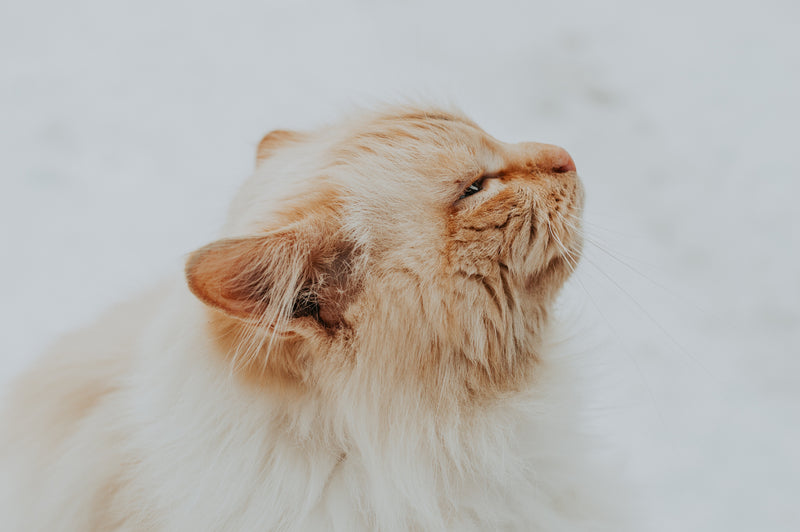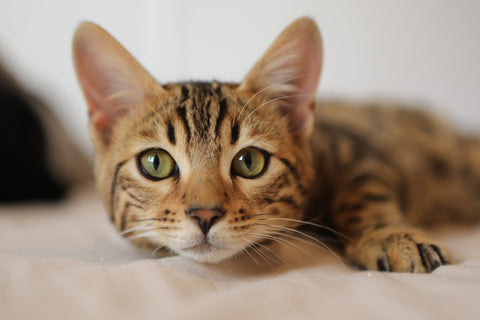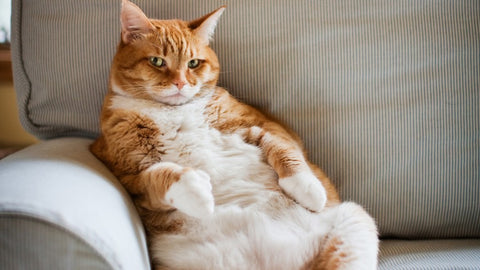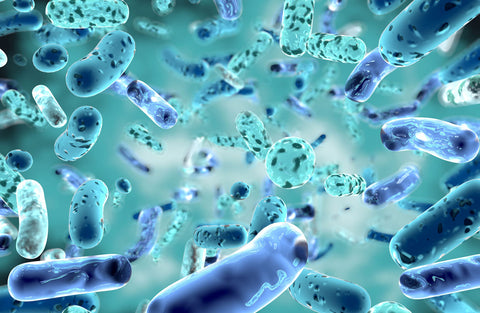
Black, white, brown, orange, or a bit of everything? Cats come in so many different colors and patterns that it’s simply too difficult to choose a favorite. The captivating colors of your special little kitty are written within its DNA, and some variations seem to be particularly precious and exotic. Following are the top 10 rarest coat colors and patterns in cats. Can you choose a favorite?
“The cat has been described as the most perfect animal, the acme of muscular perfection and the supreme example in the animal kingdom of the coordination of mind and muscle.” – R. Ambrose-Brown.
Background information
Before digging up the rare gems from the pool of colorful kitties, it is worth mentioning that feline coat color, pattern, texture and length are all determined by many different genes. The color itself depends on the expression and interaction of at least five different genes described so far, while the coat pattern is shaped by additional genes. Texture and length are defined by a number of completely unrelated genes. Genetics of feline coat is so complex that we are still learning new information about each associated gene, its variants, expression and interaction with other genes. This article will list only some of the rarest coat colors and patterns in cats, while the genetics of feline coat is explained in this detailed article where we describe the function, expression and interaction of some of the most important known genes associated with your cat’s fur.
1. Chocolate
The chocolate (or brown) coat color is encoded by a recessive allele b of the primary gene for coat color (B/b/b1). The dominant version of this gene, (B), codes for black fur, and because it’s a dominant allele, it’s naturally a lot more commonly observed than brown fur. For a cat to appear brown, it has to carry two recessive alleles (homozygous) for brown coloration (b/b). The intensity and pattern of the brown coat will be further shaped by other coat-related genes.

2. Cinnamon
The cinnamon coat is also encoded by a recessive allele (b1) of the primary gene for coat color (B/b/b1). Like the chocolate gene, a cat has to be homozygous for this gene (b1/b1) in order to express the cinnamon color, which is why it’s a lot less frequently observed than black fur. The intensity and pattern of the cinnamon coat will be further shaped by other coat-related genes.
3. Smoke
The smoke color is a variation of the black color, determined by the primary gene for coat color (B/b/b1), and diluted by the dense pigment gene (D/d). The recessive allele of the dense pigment gene (d) alters the expression of other color-associated genes, which results in diluted pigmentation. In order for a cat to be smoke colored, it has to be a carrier of the dominant allele of the primary gene for coat color (B/B, B/b or B/b1), and it also has to be a recessive homozygote for the dense pigment gene (d/d).
4. Lilac
The lilac color is a variation of the brown color, determined by the recessive allele b of the primary gene for coat color (B/b/b1), and diluted by the dense pigment gene (D/d). The mechanism of formation of this color is similar to that of the smoke color. In order for a cat to be lilac, it has to be a recessive homozygote for the primary gene for coat color (b/b), and it also has to be a recessive homozygote for the dense pigment gene (d/d).
5. Fawn
The fawn color is a variation of the cinnamon color, determined by the recessive gene b1 of the primary gene for coat color (B/b/b1) and diluted by the dense pigment gene (D/d). The mechanism of formation of this color is similar to that of the smoke and lilac colors. In order for a cat to be fawn, it has to be a recessive homozygote for the primary gene for coat color (b1/b1), and it also has to be a recessive homozygote for the dense pigment gene (d/d).
6. Cream
The cream color is a variation of the orange color, determined by the red gene (O/o), and diluted by the dense pigment gene (D/d). The red gene, found on the X chromosome, determines whether there will be any red variations to fur color or not. The dominant allele O codes for orange tones. The mechanism of formation of this color is similar to that of the diluted colors described above. In order for a cat to be cream, it has to carry the dominant allele of the red gene (O/O or O/o), and it has to be a recessive homozygote for the dense pigment gene (d/d).
7. Chinchilla
The chinchilla coat pattern is the silver tipped pattern in which the bases of the hairs are faded (only half of each hair or the tips are actually pigmented). This is the result of the melanin inhibitor gene (I/i). The dominant allele of this gene (I) suppresses eumelanin production, which fades the base of hair in solid cats (making them silver smoke), and turning tabbies into a sparkling silver color while leaving the stripes intact. The chinchilla pattern is the tabby variant affected by this melanin inhibitor gene, causing only the very tips of the hairs to be colored.

8. Color-point
Color-pointed pattern is often associated with Siamese and Himalayan cats, and although the pattern can occur in non-related cats as well, it is still one of the rarest coat colors in cats. The pointed pattern is a form of partial albinism caused by a mutation in the gene that codes for tyrosinase, an enzyme involved in the production of melanin (C/c/c1). The mutated version of this enzyme is heat-sensitive, and it fails to work at normal body temperatures. It activates only in cooler areas of the skin (lower than 33 °C). Therefore, the coolest parts of a cat’s body, such as its extremities and face, will be pigmented darker than the rest.
10. Rosette pattern
The rosette pattern is also known as the spotted tabby pattern, and it is determined by the agouti gene. This is a rarer variant of the pattern, and it is commonly observed among Bengals, Serengetis, Egyptian Maus, Arabian Maus, Maine Coons and other breeds.

Here at Basepaws, we adore cats of all shapes, sizes, colors and patterns. We can’t choose a favorite because each and every kitty seems cuter than the one before! Does your cat have one of the rarest coat colors or patterns? Share with us on social media!



